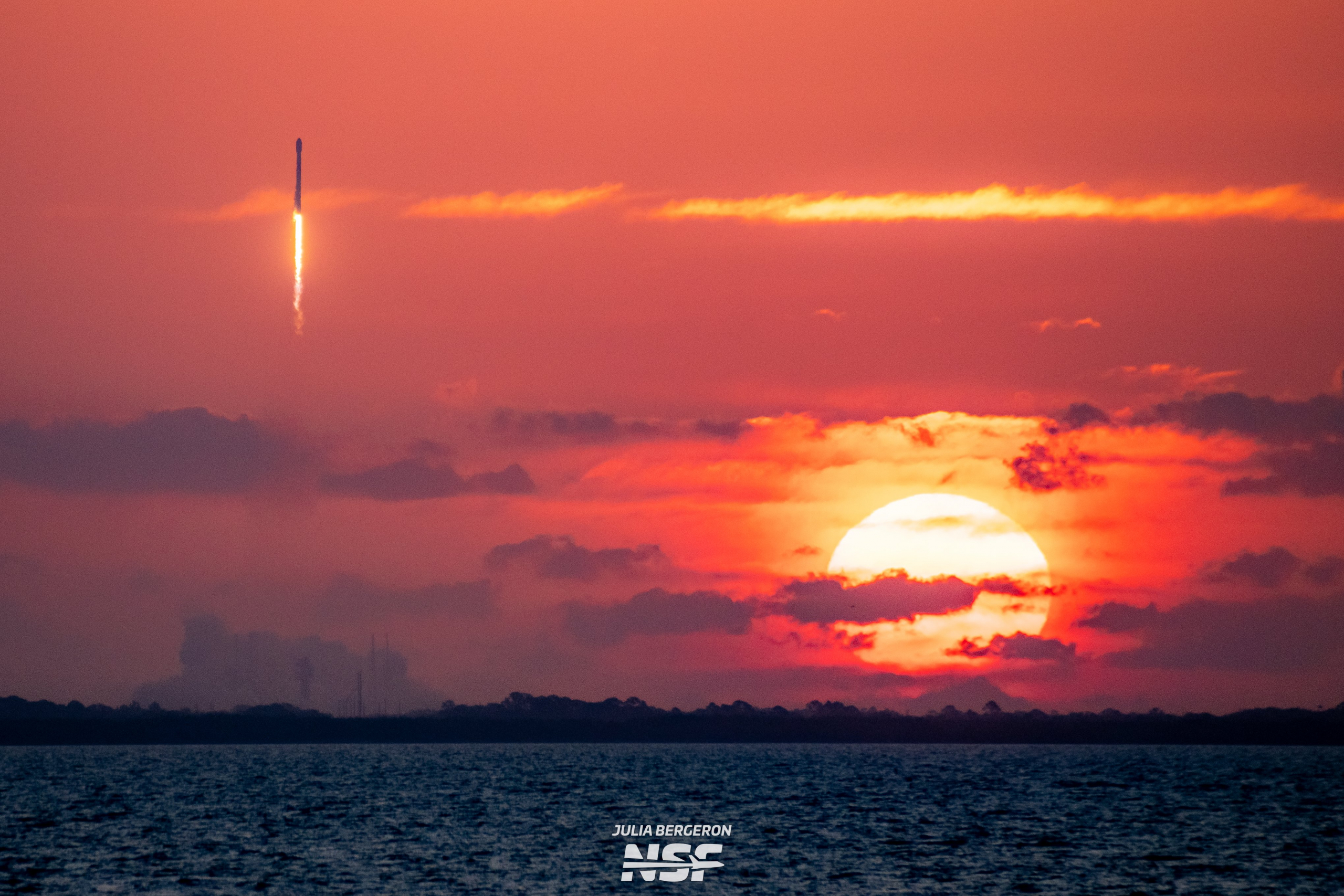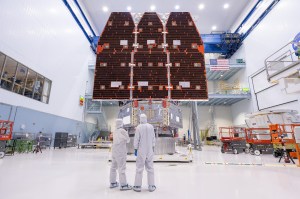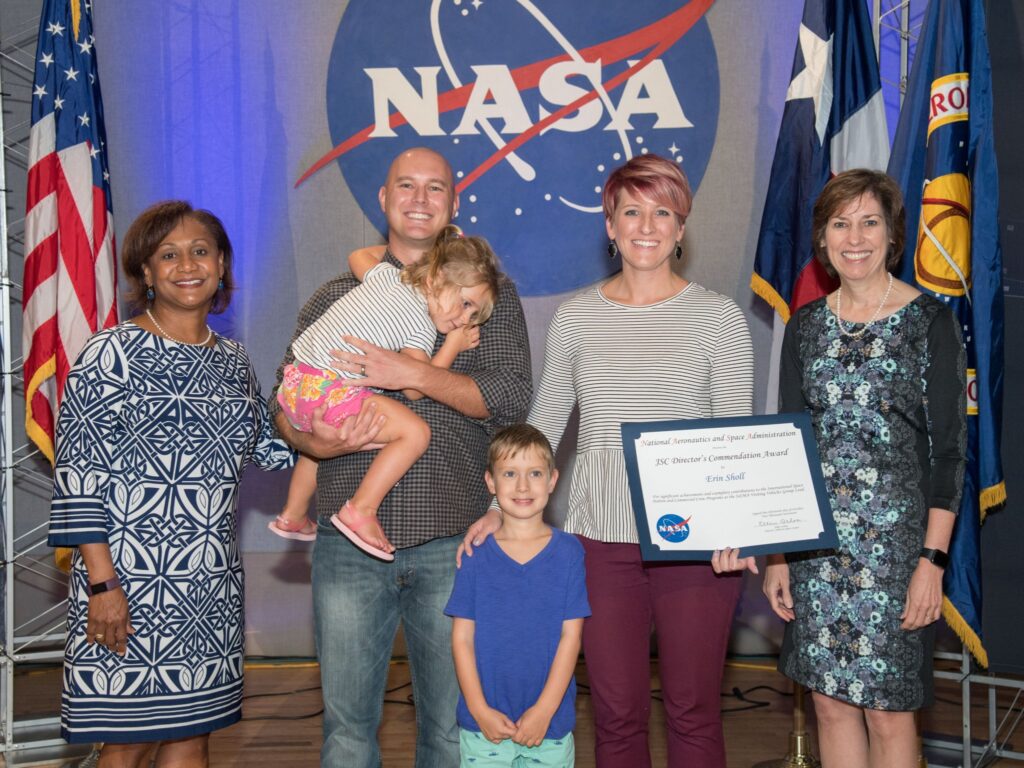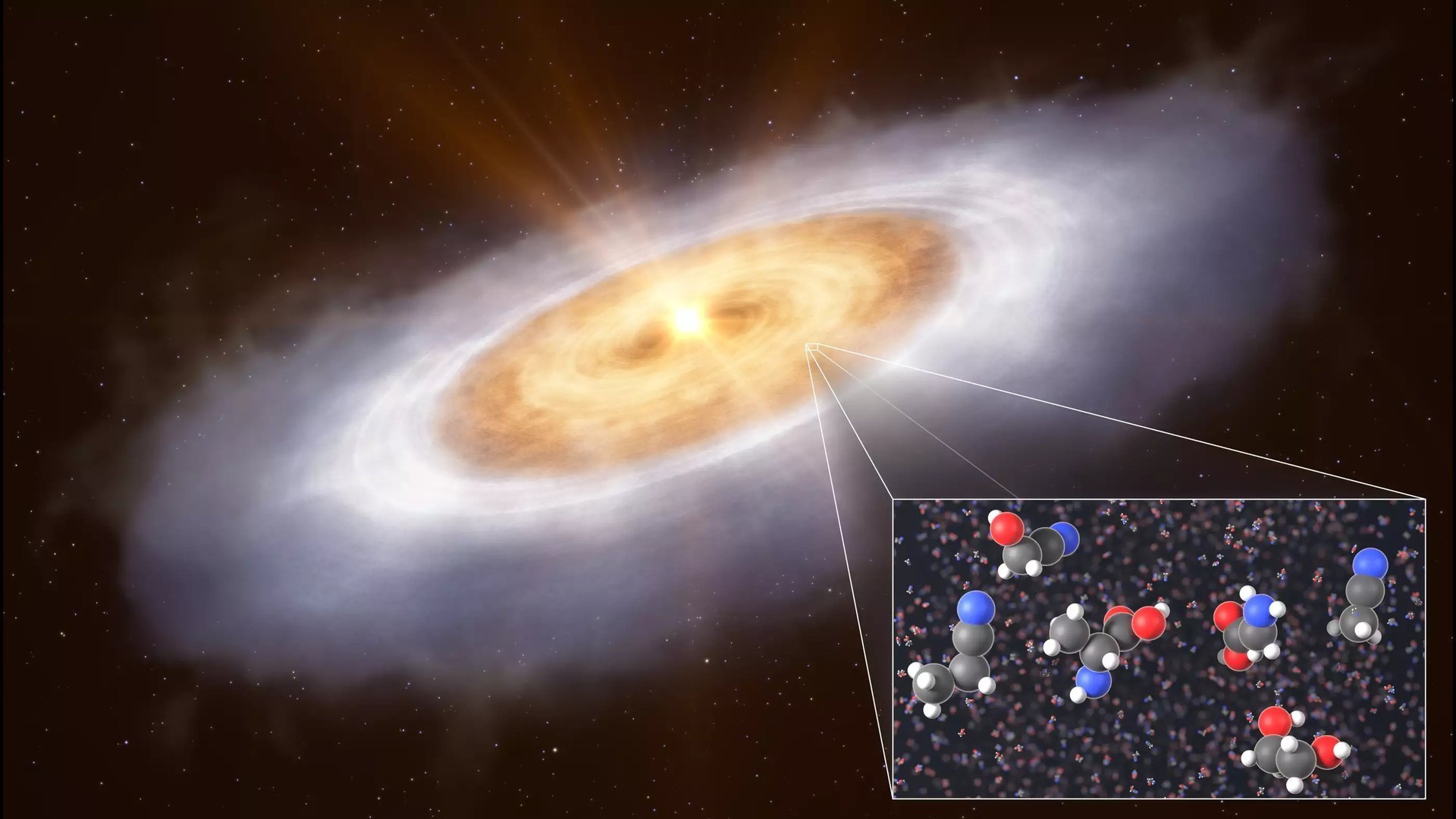Now Reading: Key Space Missions This Week Include Multiple Starlink Launches and Crewed Shenzhou Mission
-
01
Key Space Missions This Week Include Multiple Starlink Launches and Crewed Shenzhou Mission
Key Space Missions This Week Include Multiple Starlink Launches and Crewed Shenzhou Mission


This week’s global space agenda features a series of notable missions, including a manned launch from China and the deployment of a new naval satellite for the Indian Navy. SpaceX will initiate the week’s activities with three consecutive Starlink launches from its facilities in California and Florida.
The week begins with the first of three anticipated Starlink missions, scheduled for launch on Monday, October 27, at 5:43 PM PDT (00:43 UTC on Tuesday, October 28). The Falcon 9 rocket will lift off from the Vandenberg Space Force Base in California, carrying 28 Starlink v2 Mini satellites. This flight utilizes booster B1082, which has been launched for the 17th time following a quick turnaround of 32 days. Notably, this mission set a new turnaround record for the SLC-4E launch pad, reducing the previous benchmark by over eight hours.
The mission saw successful ascent and stage separation, with B1082 safely landing on SpaceX’s autonomous droneship, Of Course I Still Love You, positioned offshore in the Pacific. The Falcon 9 flew a trajectory that placed the satellites into a low-Earth orbit inclined at 53.16 degrees.
On Wednesday, October 29, the second Starlink mission, designated Starlink Group 10-27, is projected to launch at 8:52 AM EDT (12:52 UTC). This Falcon 9 launch will take place from Cape Canaveral Space Force Station in Florida, delivering another set of 29 Starlink v2 Mini satellites into orbit.
Following this, the third Starlink launch of the week, paced for October 30 at 1:06 PM PDT (20:06 UTC), will also depart from Vandenberg, deploying an additional 28 satellites into the same orbital inclination.
Amid these operations, China is preparing for its Shenzhou 21 mission set to launch on Friday, October 31, at 15:44 UTC from the Jiuquan Satellite Launch Center. This mission will carry three taikonauts to the Tiangong space station. The names of these crew members are expected to be announced approximately 24 hours before the launch. The Shenzhou spacecraft, drawing design inspiration from Russia’s Soyuz, will weigh around 8,100 kg at launch and is part of a mission profile that has achieved a perfect success rate since its debut in 1999.
On Sunday, November 2, SpaceX will conduct its Bandwagon-4 mission, a rideshare launch from Cape Canaveral, starting at 1:09 AM EDT (05:09 UTC). This mission will allow multiple payloads to be deployed via Falcon 9, although specific details regarding the number and type of payloads remain undisclosed.
Concurrently, the Indian Space Research Organization (ISRO) is preparing for its own significant launch on the same day. The CMS-03 mission will employ the Launch Vehicle Mark-3 (LVM-3) to propel the GSAT-7R satellite, which will enhance the Indian Navy’s operational capabilities. Slated for liftoff at 11:56 UTC from the Satish Dhawan Space Centre, the GSAT-7R, weighing 4,400 kg, is designed to serve as a successor to a previous satellite launched in 2013. This mission marks ISRO’s 100th overall mission and underscores the agency’s growing role in global space activities.
As the week unfolds, these launches signify ongoing advancements in space exploration and satellite deployment, reflecting the increasing global collaboration and competition in the aerospace sector.
Stay Informed With the Latest & Most Important News
Previous Post
Next Post
-
 012024 in Review: Highlights from NASA in Silicon Valley
012024 in Review: Highlights from NASA in Silicon Valley -
 02Panasonic Leica Summilux DG 15mm f/1.7 ASPH review
02Panasonic Leica Summilux DG 15mm f/1.7 ASPH review -
 03From Polymerization-Enabled Folding and Assembly to Chemical Evolution: Key Processes for Emergence of Functional Polymers in the Origin of Life
03From Polymerization-Enabled Folding and Assembly to Chemical Evolution: Key Processes for Emergence of Functional Polymers in the Origin of Life -
 04How New NASA, India Earth Satellite NISAR Will See Earth
04How New NASA, India Earth Satellite NISAR Will See Earth -
 05And Thus Begins A New Year For Life On Earth
05And Thus Begins A New Year For Life On Earth -
 06Astronomy Activation Ambassadors: A New Era
06Astronomy Activation Ambassadors: A New Era -
07SpaceX launch surge helps set new global launch record in 2024



















